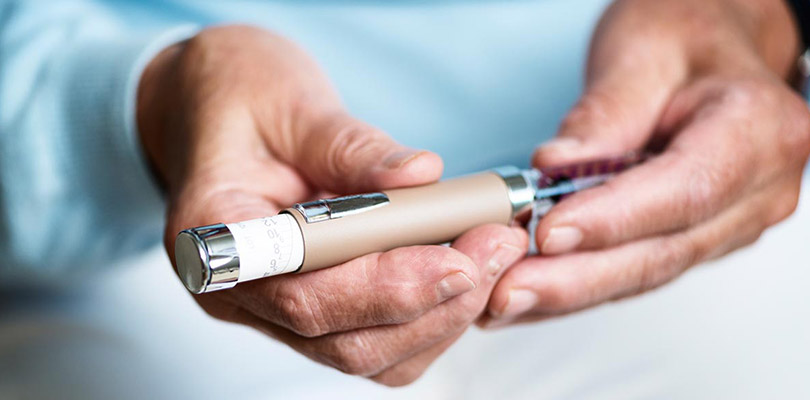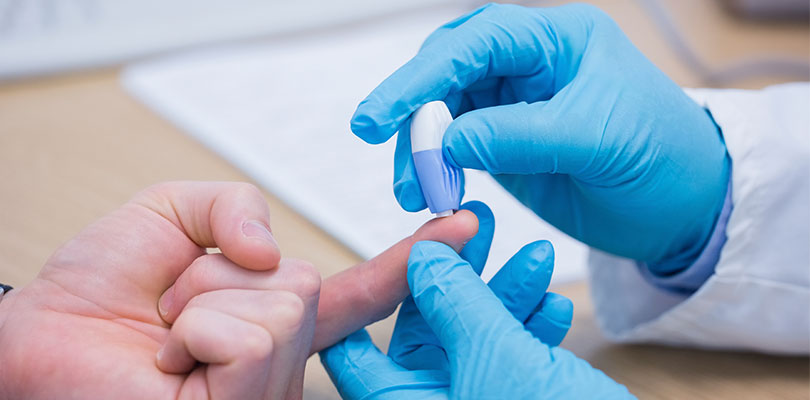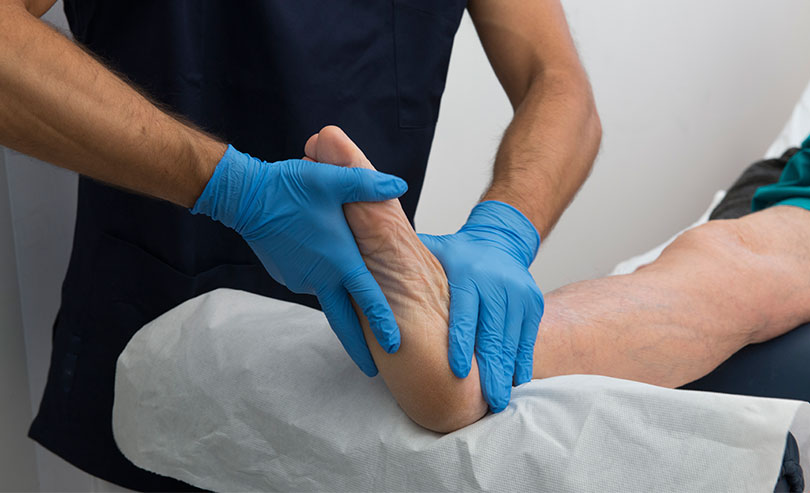What Are the Different Types of Diabetes?
When I see a patient who is newly diagnosed with diabetes, I review their “new patient” paperwork. One of the questions queries the patient as to what type of diabetes they have.
And can you guess how many patients leave this question blank?
I’d guess over half! Why? Because many patients are unsure what type of diabetes they have when they sit in my chair!
It can be confusing. After all, when your physician tells you, “You have diabetes,” you may not think to ask them which type you have. You just know that diabetes means a change in lifestyle, medications and/or insulin, and blood glucose monitoring.
There are several defined different types of diabetes – and new research indicates that there may be even more subtypes of diabetes! In this article, I will only cover common different types of diabetes including type 2 diabetes, type 1 diabetes, gestational diabetes, latent autoimmune diabetes of adulthood (LADA), maturity-onset diabetes of the young (MODY), and neonatal diabetes mellitus.
Type 2 Diabetes
Type 2 diabetes is the most common type of diabetes; it affects 85 to 90% of people with diabetes.
Our pancreas produces insulin. When the pancreas does not produce enough insulin, or our bodies become resistant to insulin (called insulin resistance), type 2 diabetes occurs.
If you are diagnosed with type 2 diabetes, there are many different treatment options – but the treatment prescribed will depend on many factors, such as how high your glucose levels are. Occasionally, changes in diet and exercise can control glucose levels, but other times, oral or injectable medications may be prescribed in order to sensitize the body to insulin or to enhance insulin production. When medications are not sufficient, exogenous insulin may be necessary, meaning that insulin injections may be prescribed.
You are more likely to develop type 2 diabetes if you are overweight or obese, over the age of 45, and have a family history of type 2 diabetes. However, it is possible to develop type 2 diabetes without these risk factors and it is becoming more common for children to develop type 2 diabetes.
Type 1 Diabetes
Type 1 diabetes is an autoimmune disease. As with other autoimmune diseases, the body develops a self-allergy and basically perceives itself as foreign – it then begins to attack the pancreas until it is unable to produce any insulin whatsoever.
Someone who has type 1 diabetes requires insulin injections for survival. At this time, there is no known cure. Researchers believe that there are genetic components as well as environmental factors that may play a role in the development of type 1 diabetes.
Gestational Diabetes
Gestational diabetes (GDM) is a type of diabetes that affects 2-5% of pregnant women, and it is typically diagnosed between 24 and 28 weeks.
GDM is diagnosed by performing a glucose tolerance test. This test is performed routinely during the 24th and 28th week of pregnancy, but earlier if GDM is suspected.
Gestational diabetes is treated initially with exercise and a very specific diet plan that emphasizes carbohydrate balance. The mother with GDM is also expected to monitor blood glucose values. If needed, her obstetrician may treat her with insulin. If glucose values are controlled, there are minimal complications.
GDM typically goes away after the delivery of the baby.
LADA
LADA, or latent autoimmune diabetes of adulthood, is also often called type 1.5. It is called “type 1.5” because it is diagnosed in adulthood, but it is closer to type 1 diabetes than type 2 diabetes.
Because it is diagnosed in adulthood, often practitioners treat it is type 2 diabetes. However, most people with LADA will eventually require insulin indefinitely as the pancreas eventually stops producing insulin. Proper diagnosis of LADA requires testing of antibodies.
MODY
MODY, or maturity-onset diabetes of the young, is caused by a genetic mutation and is a very rare form of diabetes. Although it can affect people at any age, it is typically diagnosed before age 20.
"How stressed do you have to be for that stress to have an impact on blood glucose levels?" Afra discusses the link between diabetes and stress.
There are 11 subtypes of MODY. The subtype that you have will dictate the type of treatment that is required:
- MODY 1, 3, and 4 are treated with an oral medication called a sulfonylurea.
- MODY 2 may be treated with diet and exercise.
- MODY 5 requires a multifaceted approach because it can affect multiple body systems.
- MODY 7-11 are still being researched and have recently been discovered; treatment for these types may respond to other types of treatments used for MODY.
Neonatal Diabetes Mellitus
Neonatal diabetes mellitus, or NDM, is also caused by a genetic mutation. It is diagnosed between birth and six months and is very rare – it occurs in 1 in 400,000 infants in the United States.
NDM is often misdiagnosed as type 1 diabetes; although its treatment is very similar, NDM can be temporary.
If NDM is present at conception, it may cause developmental delays and other health issues.
New Research
In early-2018, a study in The Lancet: Diabetes & Endocrinology indicated that our diagnoses of diabetes may be oversimplified. Yes, we know that there are genetic types of diabetes as well as GDM, but when it comes to type 1 vs type 2 – there may actually be five different types.
Here’s how The Lancet proposed, after analyzing records of 15,000 patients across five registries, how diabetes may be diagnosed:
- Severe Autoimmune Disease: this would overlap with type 1 diabetes and “characterized by early-onset disease, relatively low BMI, poor metabolic control, insulin deficiency, and presence of antibodies.”
- Severe Insulin-Deficient Diabetes (SIDD): similar to the first diagnosis, but without the presence of antibodies.
- Severe Insulin-Resistant Diabetes (SIRD): this would typically be the patient with a high BMI and insulin resistance.
- Mild Obesity-Related Diabetes (MOD): this person would be obese but not insulin resistant.
- Mild Age-Related Diabetes (MARD): this person may be similar to the last diagnosis (MOD), but would be older than the other patients.
The Bottom Line…
Diabetes can be tricky to diagnose as there are several types that you may have. Your practitioner should perform the proper testing to ensure that you also receive the proper treatment.
If you're unsure of your diabetes diagnosis, don't be afraid to seek or reach out a second opinion or for additional resources and information about your specific type of diabetes.







